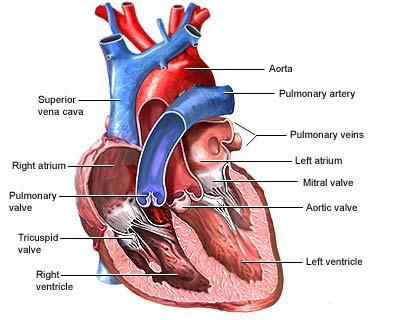NORMAL LIFE: Trust Me, I’m A Surgeon!
Well, sort of! I just got back from a five-hour visit to an operating room where I saw live open-heart surgery. By god, what an experience! I scrubbed up and, donning a white pair of surgical trousers, a very flattering tight white surgical t-shirt and a mask, watched an apprehensive patient get wheeled into theatre.
The patient was set up with an IV line and then the anesthesia was administered. Once the patient’s blood pressure and BIS rate was low enough, an arterial line was set up on the inside of the arm; the purpose of this was to ‘invasively’ monitor the blood pressure throughout the procedure. The insertion of these rather long and deep needles was the worst part of the whole procedure, but nothing could have prepared me for the insertion of the central line which is inserted through bottom of the neck and, catching on the flow of the blood, is dragged into the left side of the heart. Satisfied, the anesthesiologist then proceeded to insert a one metre-long ultrasound device down the patients throat and all the way into the stomach; the purpose of this was to monitor the stomach from beneath the heart throughout the procedure.
Spurred on by my bravery thus far, I watched as the surgeons literally began to slice and dice – I watched them cut open the chest down to the ribs. My first thought wasn’t regarding the blood because I expected to see blood; it was more like look at all the yellow gruesome fat! As they burned and sliced their way through the tissue, the smell of burning flesh was a little bit of a surprise. By then came the sawing away of the ribs, followed by the spreading of the ribs!
 Beneath the ribs, you could see the pulsating heart. It was wonderful to see the thing that hurts so badly - quite bizarrely - when you fall in and out of love. The surgeons made some final cuts before reaching the organ itself. The amazing moment came when the machines took over, willing the heart to cease beating; the surgeons had inserted pipes to collect the blood from the heart and also installed pipes to pump the blood back into the heart. With the heart now still, the monitor all went flatline. Ventilators were keeping the lungs inflated and the bypass machine containing litres of blood replaced the function of the heart, keeping the tissues and the brain oxygenated.
Beneath the ribs, you could see the pulsating heart. It was wonderful to see the thing that hurts so badly - quite bizarrely - when you fall in and out of love. The surgeons made some final cuts before reaching the organ itself. The amazing moment came when the machines took over, willing the heart to cease beating; the surgeons had inserted pipes to collect the blood from the heart and also installed pipes to pump the blood back into the heart. With the heart now still, the monitor all went flatline. Ventilators were keeping the lungs inflated and the bypass machine containing litres of blood replaced the function of the heart, keeping the tissues and the brain oxygenated.The surgeons could now dig deeper and there task was to insert a new valve to prevent the bad blood circulation that the patient was suffering one. During the whole procedure, I was less than one metre away from the open cavity and, still, the most spine-tingling part of the procedure had been the insertion of the IV and Arterial lines. How bizarre is that?
The experience reminded me a little bit of an advert I saw on British Television many years ago, promoting the National Health Service. The purpose of the advertising was to illustrate just how many people put us back together again when we are cared for. In the operating theatre this morning, there were two surgeons, an assistant surgeon, an anesthesiologist, several nurses and other assistants and this doesn’t even include the recovery personnel or ward staff. Imagine how many people really do take care of us! Even more amazingly, I had witnessed something that my father had been through and to see him still with us today now that I know what the procedure involves amazes me! He truly is a walking miracle.

<< Home